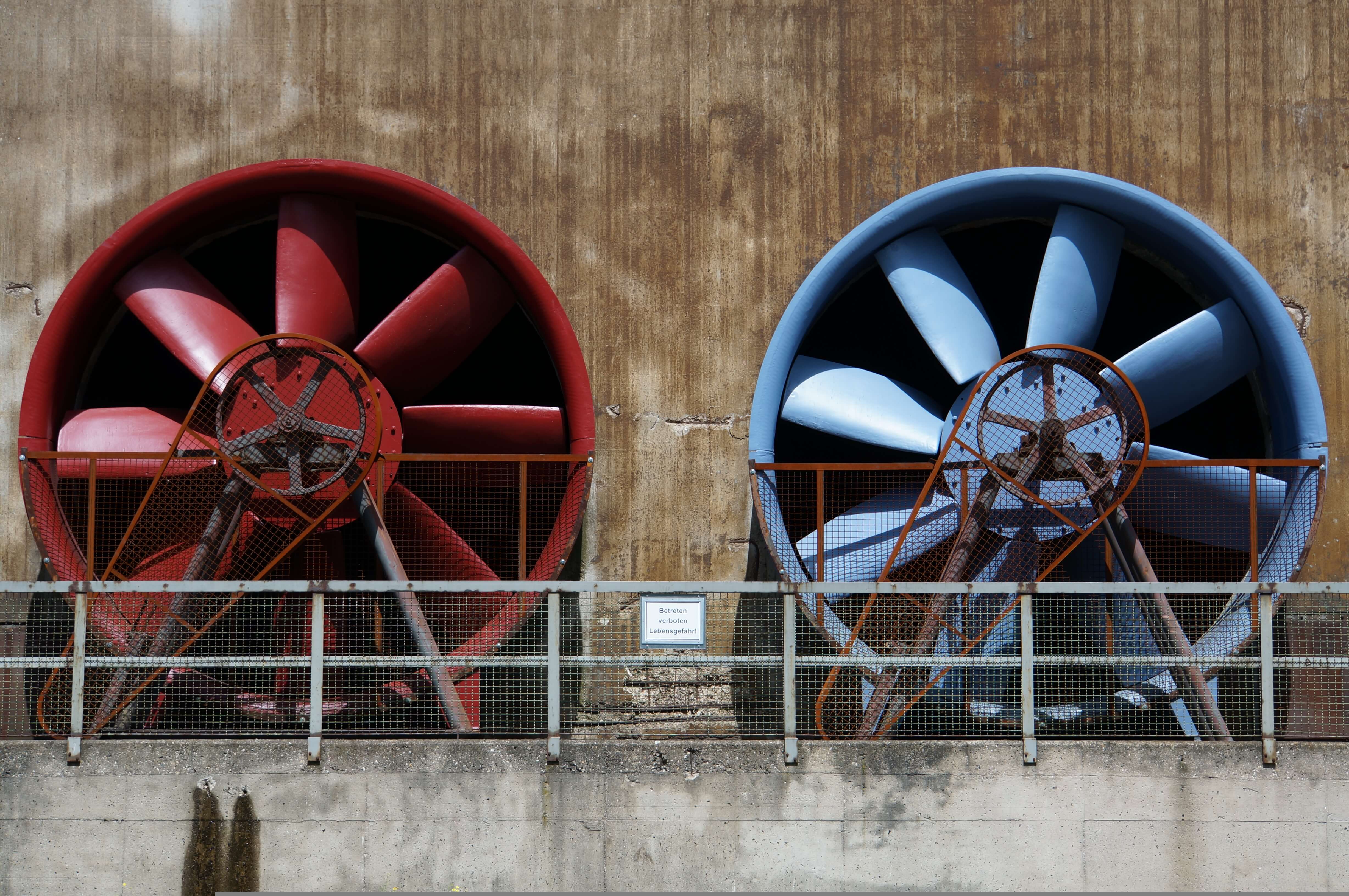The application of IoT solutions using distributed intelligence will enable building stakeholders to achieve increased energy savings and extend the life of HVAC.
Heating, ventilation and air conditioning devices in commercial and industrial buildings suck up a lot of energy – up to 60% of energy consumed in buildings.
As the prevalence of severe weather increases we can expect reliance on HVAC to climb which will increase pressure and costs on those HVAC devices. The impact is even greater as the costs of electricity climb.
We know that those costs and pressures can be reduced by applying IoT (internet of things) smart building solutions. But until now it has not been well understood that a new level of cost and pressure reduction can be achieved by distributing intelligence throughout a building.
Ecospectral’s CEO, David Keightley, explained how this can occur in his presentation to the AIRAH 2017 Annual Conference on 14 September.
The combination of distributed intelligent IoT technology (DI-IoT), local open standard data and control formats, cloud based predictive analytics and artificial intelligence algorithms will improve the ability of a building’s HVAC system to adapt to the way people behave, respond to changes in their patterns of behaviour and changes to HVAC equipment operation.
In simple terms, the HVAC only needs to operate to the extent required to fit with the people who use the building.
These benefits are multiplied when considering the reduced impact on the environment and less stress on problematic power grids.
DI-IoT and HVAC
Occupancy sensing is not new technology. It has been used to build reactive lighting controls, security systems and primitive HVAC control for years. That control is typically limited to application to a whole site. Either the devices are kept operating for the whole site or not at all.
By distributing a low level of intelligence throughout the end points of the network (i.e the sensors), the system can make simple rules based decisions at the sensor nodes, communicate with neighbouring sensor node, and pass key information to the next level up in the system. This process is repeated using higher bandwidth and greater processing power resulting in a system that scales elegantly and maintains near real-time response capabilities.
Fine Grained Control
This DI-IoT methodology means control of HVAC (and other devices such as lighting) can occur at the sensor level – so that energy consumption in small areas such as rooms (even cupboards) is optimised. Different rooms and areas in a building can participate in energy load shedding and shifting to any degree. One room is profiled not to participate directly next to one that can.
Scalable
The DI-IoT approach supports scaling too. Cloud based architecture means monitoring and control of HVAC and other devices can occur across multiple sites.
Manage Risks
DI-IoT enables a building to cope with the myriad of sensor technology that is inevitably upon us. This will reduce the risk of communications networks failing under the strain. Importantly, there is no single point of failure with DI-IoT. If a sensor goes ‘rogue’ then DI-IoT will shut it down before any damage bleeds into the system.
Flexibility
The DI-IoT approach is independent of devices, vendors and industry. This enables building stakeholders to truly understand from unbiased data how their assets are used – not to mention the flexibility gained from being able to choose solutions and devices that are ‘best fit’ and value for money.
Ecospectral’s BRIM system is the first DI-IoT solution for the built environment. Check it out on our website or contact us to find out more or read David’s AIRAH paper here.




